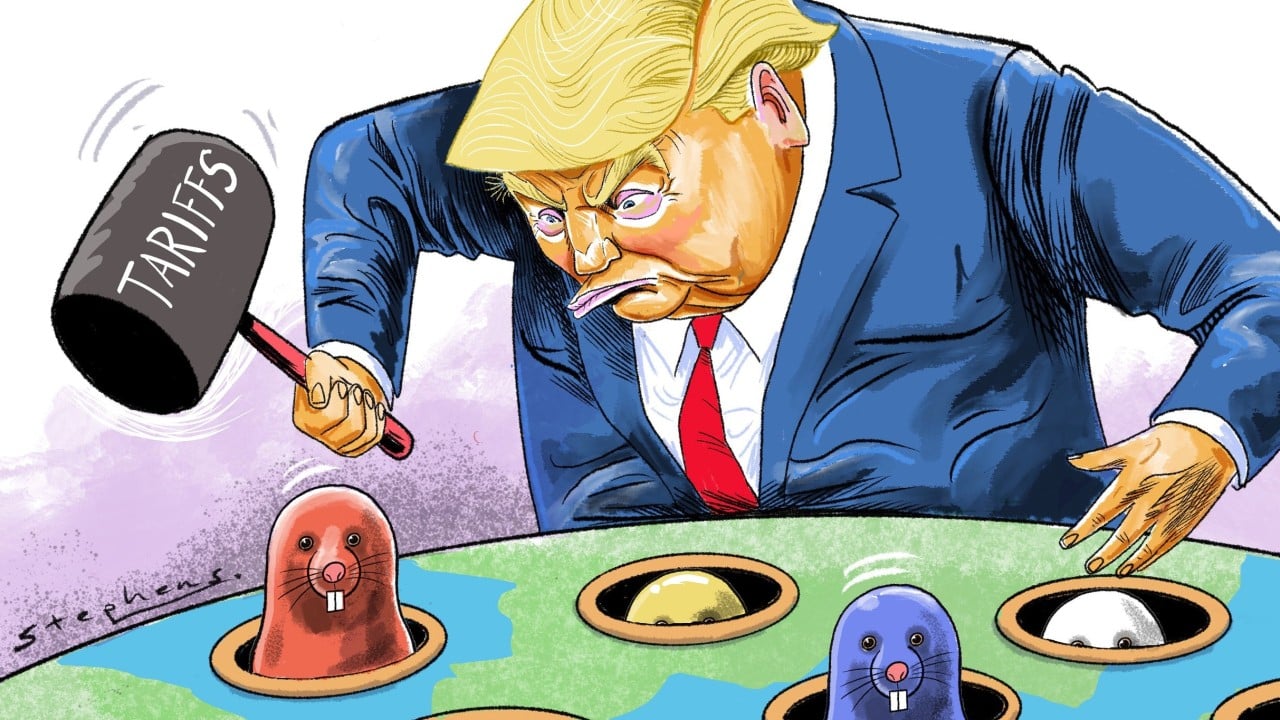US president-elect Donald Trump called tariffs “the most beautiful word in the dictionary” during his campaign for re-election. Judging by his now well-known character and first-term record, he is certain to walk his talk after his inauguration on January 20 and impose tariffs across the board on all goods imported into the United States.
Advertisement
Amid all the discussion of a potential new “tariff war”, though, we need to make clear the tension inherent in the term as it is crucial to understanding the complexity of the current international landscape.
The use of the word “tariff” suggests the prospect of difficult trade disputes between the US and its allies, and perhaps the rest of the world too. However, a tariff “war” could turn into something far more precarious – even a hot war – with China, which is much more able to stand up to any US pressure thanks to its manufacturing prowess.
Adam Tooze, a historian and professor at Columbia University, said during an Asia Society speech last month that China’s current industrialisation “is not the industrial revolution done again. Everything prior to this was a prelude to the Chinese industrial revolution of our lifetimes”.
Trump has been described as a master deal maker, but he is ignorant of the subtleties involved in a “tariff war”. China will leave no stone unturned to prepare for such a war, while Washington’s allies will seek to play down the tariffs theme and play up the US-China war game to create more strategic wiggle room for themselves.
Advertisement
To America’s allies, “tariff war” is an exaggeration if not an outright misnomer. The US can in fact confidently exert pressure on them to solve its trade issues. Canada is the latest case in point. Before he has even entered the White House, Trump’s call for tariffs on imports from Canada has heaped pressure on the US’ northern neighbour. Finance Minister Chrystia Freeland has resigned from Prime Minister Justin Trudeau’s government while Trudeau has faced calls to step down.


